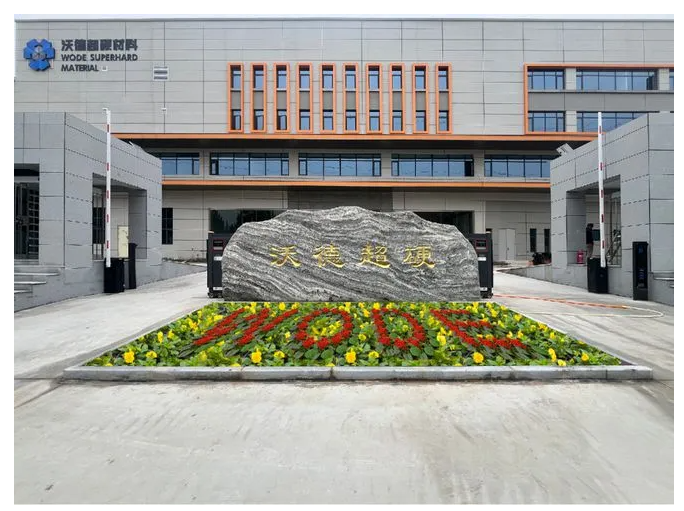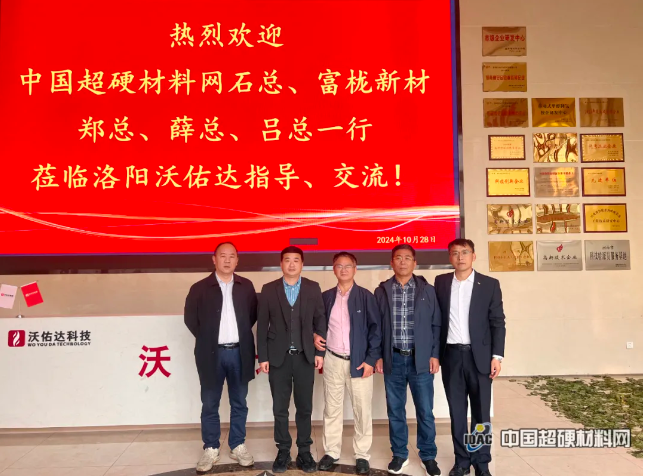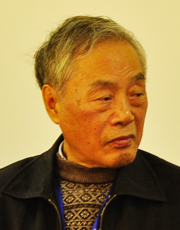
深反应离子刻蚀(DRIE)可以对单晶金刚石进行精密加工,制造出独立的微机械元件。由于其高硬度和刚度以及低机械摩擦,金刚石是纳米和微米级元件极具吸引力的材料。然而,由于现有技术的限制(包括浅蚀刻深度和粗糙表面),金刚石的反应离子蚀刻技术一直有一定难度。日前,由瑞士洛桑理工学院的Niels Quack研究组开发出了一种深反应离子蚀刻的工艺,该工艺采用三层Al / SiO2硬掩模,可实现>30μm/ h的蚀刻速率和精确的特征尺寸控制。他们做出的单晶金刚石手表组件厚度为150微米,表面粗糙度在200纳米以下。这种新方法为大批量精密制造金刚石部件打下了基础。
Deep reactive ion etching of single crystal diamond enables precise fabrication of freestanding micro-mechanical components. Diamond is an attractive material for nano- and microscale components due to its high hardness and stiffness, coupled with low mechanical friction. However, reactive ion etching of diamond is challenging due to several limitations of existing techniques, including shallow etch depths and rough surfaces.
Now, a team led by Niels Quack at EPFL in Switzerland report a deep reactive ion etching process that utilizes a three-layer Al/SiO2 hard mask that yields etch rates >30 µm/h and precise dimensional control of features. They demonstrate released single crystal diamond watch components with a thickness of 150 µm and surface roughness better than 200 nm. This new approach paves the way toward high-volume precise fabrication of diamond components.
Related paper: Precision micro-mechanical components in single crystal diamond by deep reactive ion etching
Microsystems & Nanoengineering 4, Article number: 12 (2018)
doi:10.1038/s41378-018-0014-5


 手机资讯
手机资讯 官方微信
官方微信







 豫公网安备41019702003646号
豫公网安备41019702003646号